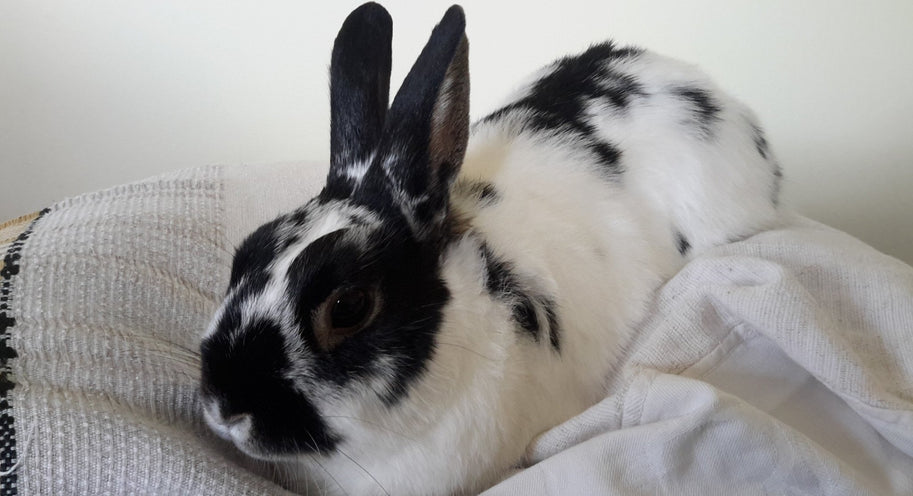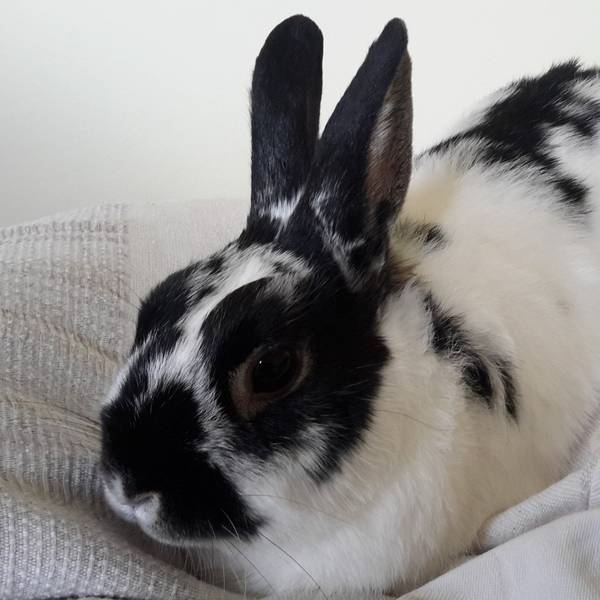We all love our pets and want them to be safe and out of harm’s way, but did you know your pets can be at risk indoors as well as outdoors too? Here is a list of things to keep an eye on to ensure that your lovable, furry (or fluffy) mate is safe indoors as well as out.
Cats
Plants
Plants are lovely additions to many of our homes, purify the indoor air and can make us feel connected to nature. However, some plants can be toxic to our cats. Plants such as Azaleas, mistletoe’s, poinsettias and all types of lilies are toxic to our feline friends so much so that even sniffing these plants can make our cats ill and ingestion of some plant oils can be fatal.
If you have these plants inside it is advised to either remove them or place them up high where your cat can not climb to reach them. If you have these plants in your garden where your cat can access it is recommended to either restrict access to this area for your cat or remove these plants from your garden.
Night Time Cat Fights
You might be surprised to find out that catfight injuries are one of the main reason’s cats are seen and treated by Vets. Cats fight to defend themselves, so if left out of a night and your cat crosses path with another adult cat in their territory or is after the same food or sleeping spot, chances are these cats will try to assert their dominance.
It is also a known fact that cats that aren’t de-sexed are more likely to engage in fights with other cats. If you are a cat owner, it is highly recommended to de-sex your animals to not only avoid unwanted litters of cats but to also lessen their chances of being involved in feline fights. It is also advised to consider bringing your cat in of a night-time to ensure its and other cats’ safety and to avoid a nasty Vet bill due to avoidable injuries.
Chickens
Predators
Unfortunately, your fluffy chick is high-up on the menu list for many outdoor predators. It is our role as their carers to foresee these potential risks and put plans in place to ensure our chicken’s safety. In Australia, the most likely animals that are on the hunt for chickens are cats, large birds, snakes and especially foxes and wild or feral dogs.
To keep your chickens safe, it’s important to remember that many predators will try to dig under the run to attack your flock. An important fact to remember is that chicken wire will keep your chickens in, but hardware mesh will keep predators out! A determined and hungry predator can and will break through chicken wire and it alone is not enough to protect your chickens. When building your run, make sure you bury hardware mesh at least 2 feet deep around the coop. Remember to also cover their coop. You can use chicken wire to cover your run, providing your chickens with visibility but by stopping any bird predators flying down and reaching your flock.
Be alert for snakes and check your coop daily for them. If you find that snakes keep returning to your coop, consider calling a snake catcher to capture them and relocate the pesky reptile. Remember to collect the eggs frequently during the day as snakes and rats are often on the hunt for eggs and the scent of the eggs could also lead them to your chickens.
Most importantly, remember to lock up your ladies at night, using a method that cannot be opened by clever animals that can open simple bolts and locks.
Winter Time
For new chicken owners, winter can be a time of unchartered waters and nervousness. You may wonder if your chickens will be warm enough overnight or if they will continue to lay eggs in the colder months. Chickens huddle together for warmth and do not need a heater or their coop closed off completely, as without ventilation the coop is more susceptible to moisture build-up.
Rabbits
The Cold
Similar to chickens, rabbits that are kept outdoors need a secure enclosure safe from the elements.
When the weather becomes particularly cold during Winter our outdoor rabbits can be badly affected by the cold. If you have a garage which is not being housed with a car (do not consider if utilised by a car as the fumes can be fatal) and you have room in it, consider moving your rabbits’ hutch into the garage during these cold months.
Consider bringing your rabbits inside if the weather temperatures drop to a level that is too cold for them. I hear you asking, “how cold is too cold for rabbits?” An ideal temperature for rabbits is 10-20 degrees C, once temperatures begin to drop below this consider moving your pet into the house.
The Hot
Bunnies really struggle with the heat. Tips for helping your rabbit during the hotter months are to ensure your rabbit’s enclosure is always in the shade. Consider moving the hutch over the course of the day as the shade moves around under different trees and coverings.
Consider keeping your rabbit indoors with you on very hot days and ensure they have access to fresh, clean drinking water that is kept out of the sun, so it doesn’t heat up during the day. Adding ice cubes to their water on hot days will also help keep the temperature cool for longer.
Leave frozen water bottles around for your rabbit for them to lay on and keep cool is also a great idea.
Consider freezing fruit and vegetables for your rabbits during the hot months. This will provide a cool, healthy snack for them on a hot day.






